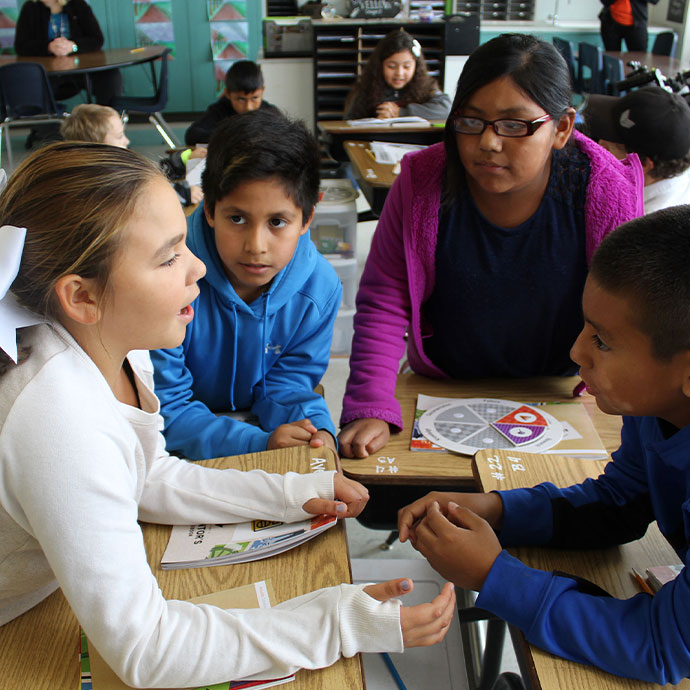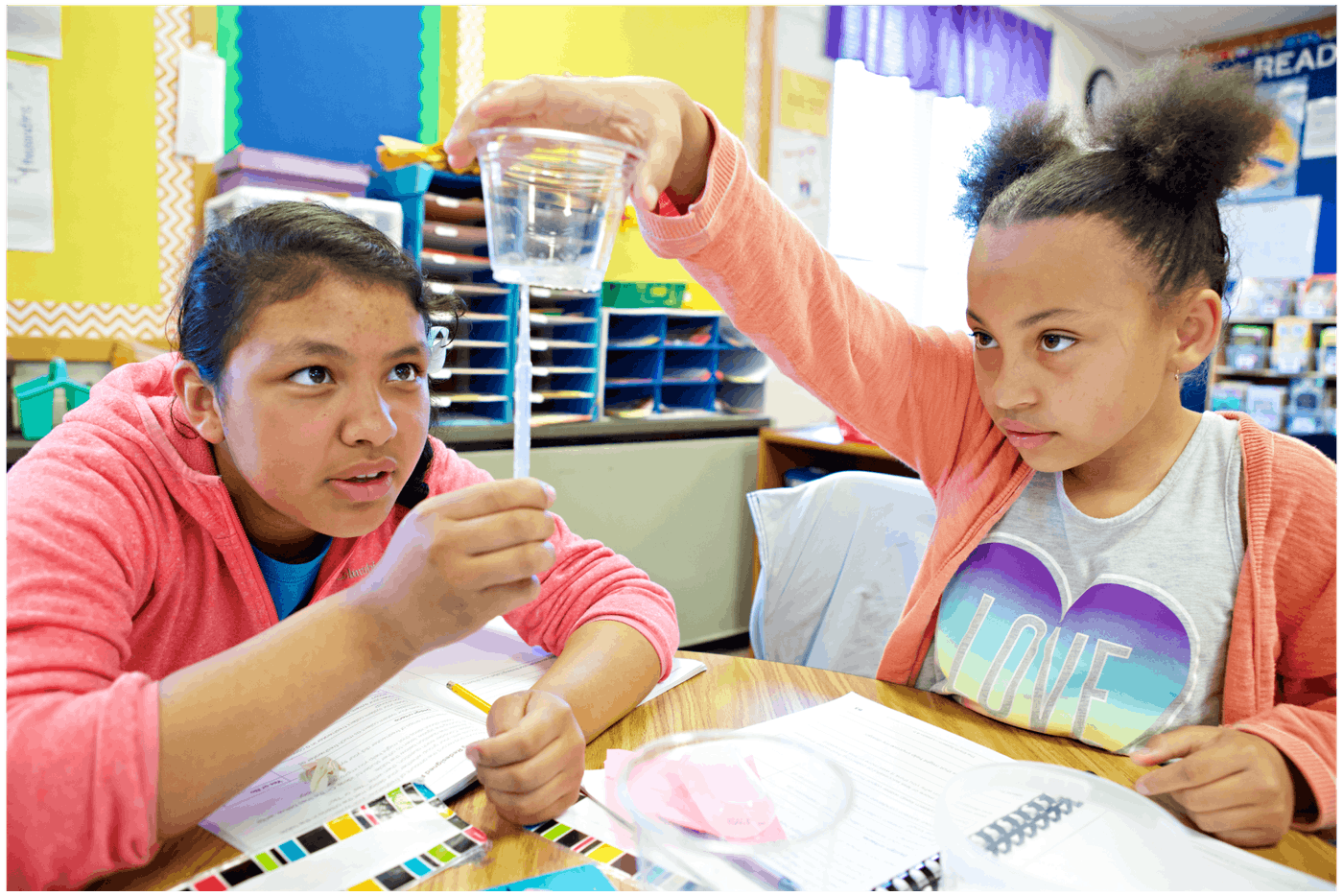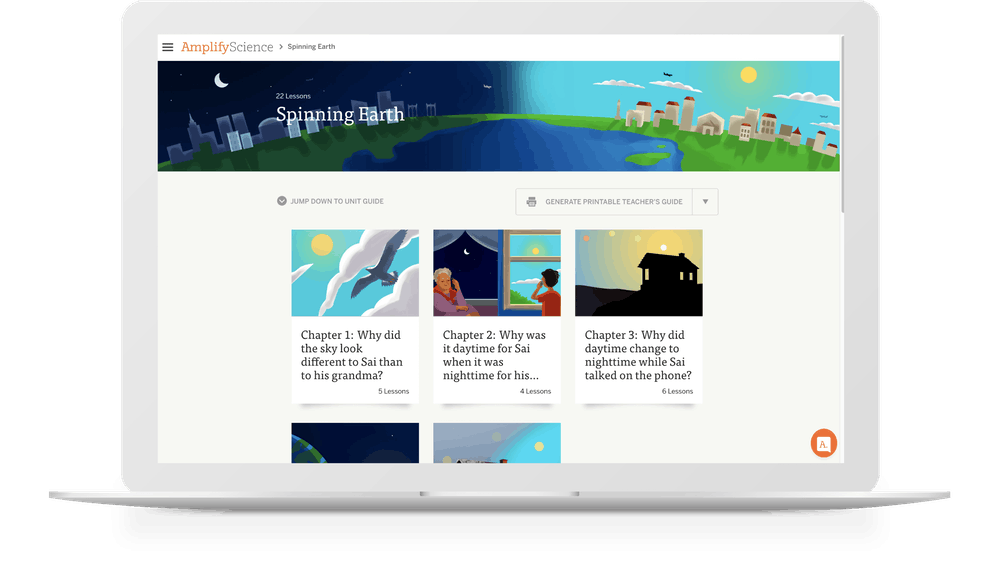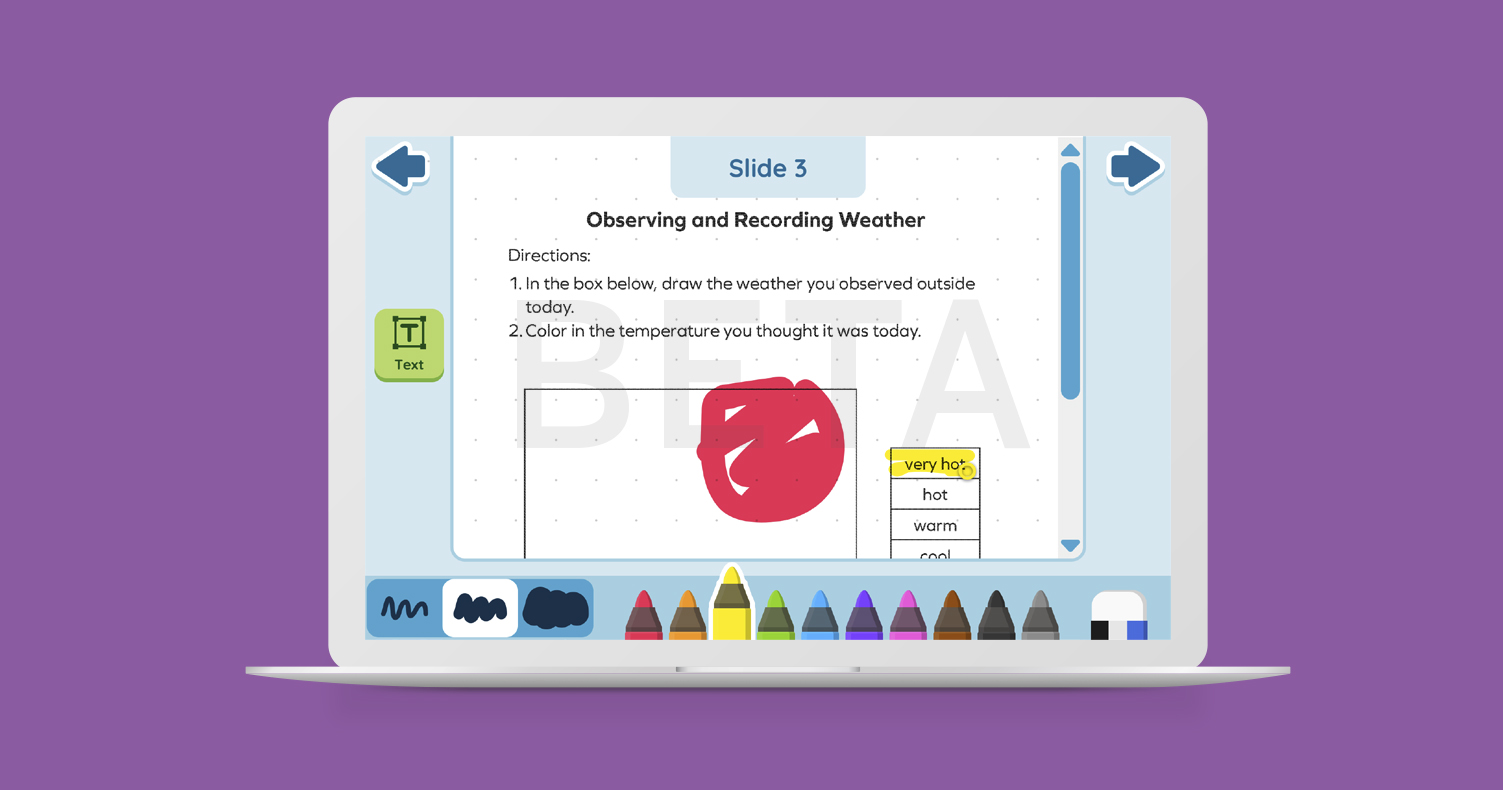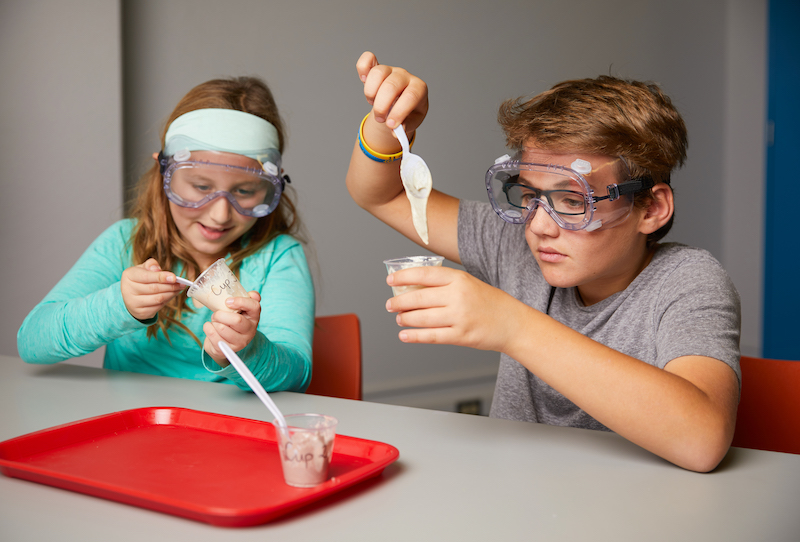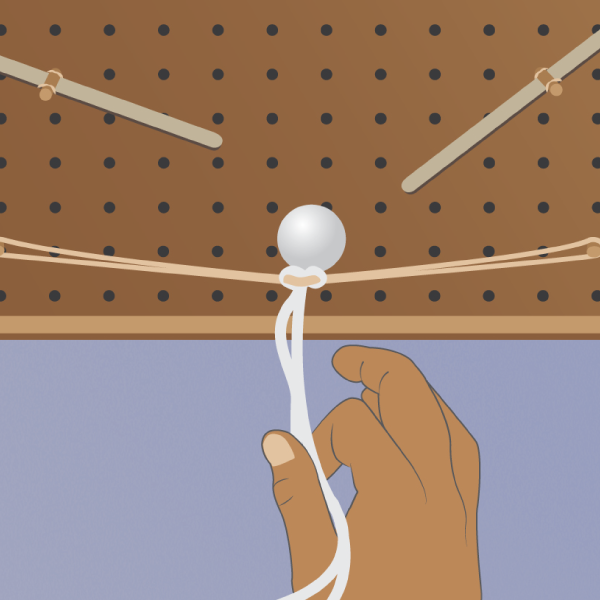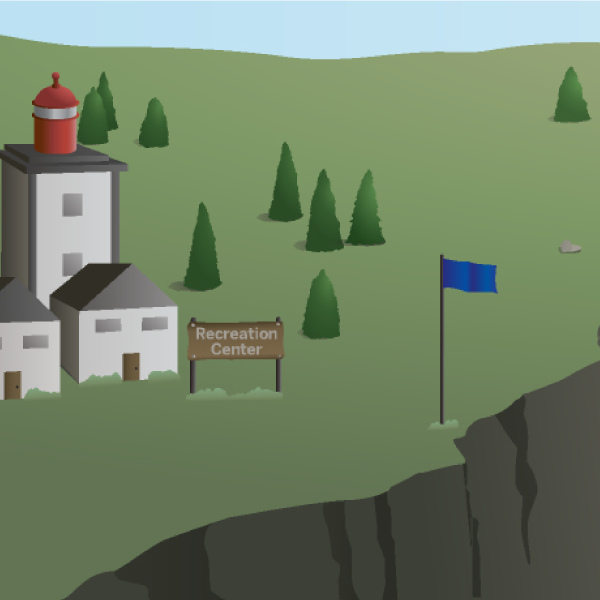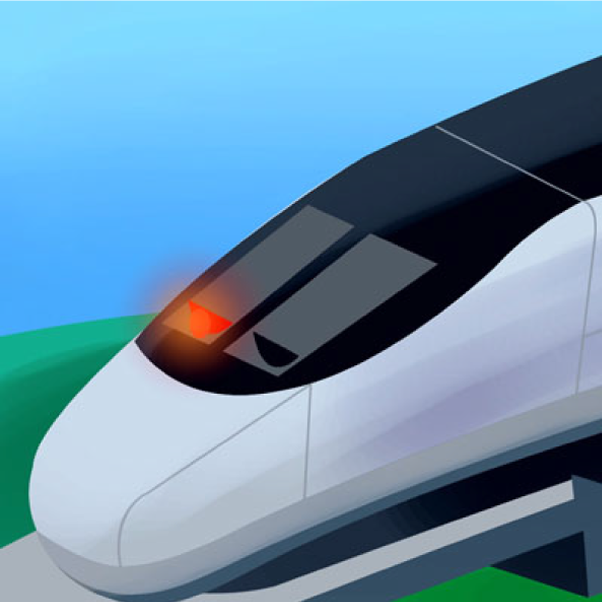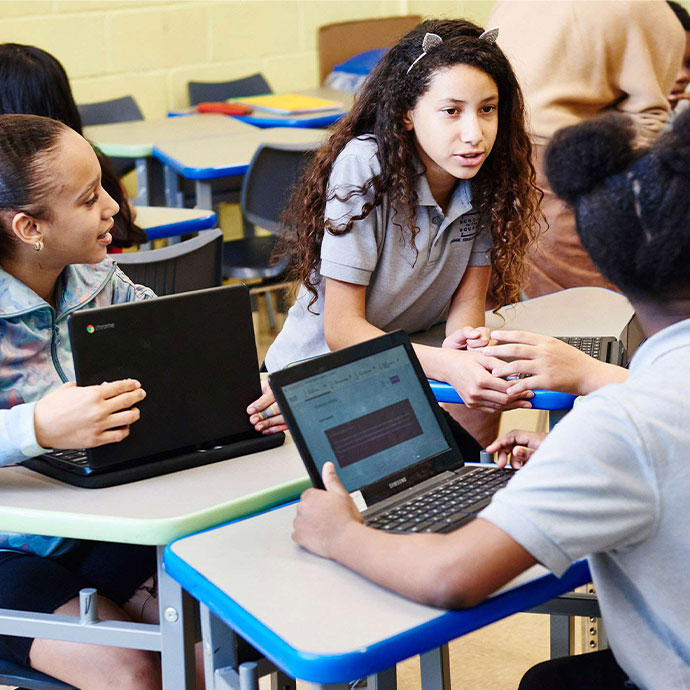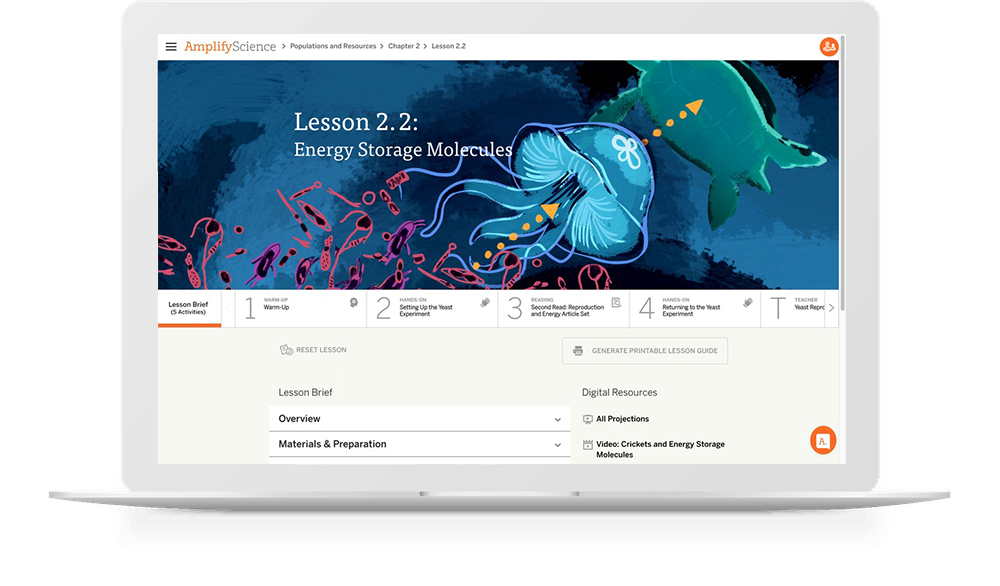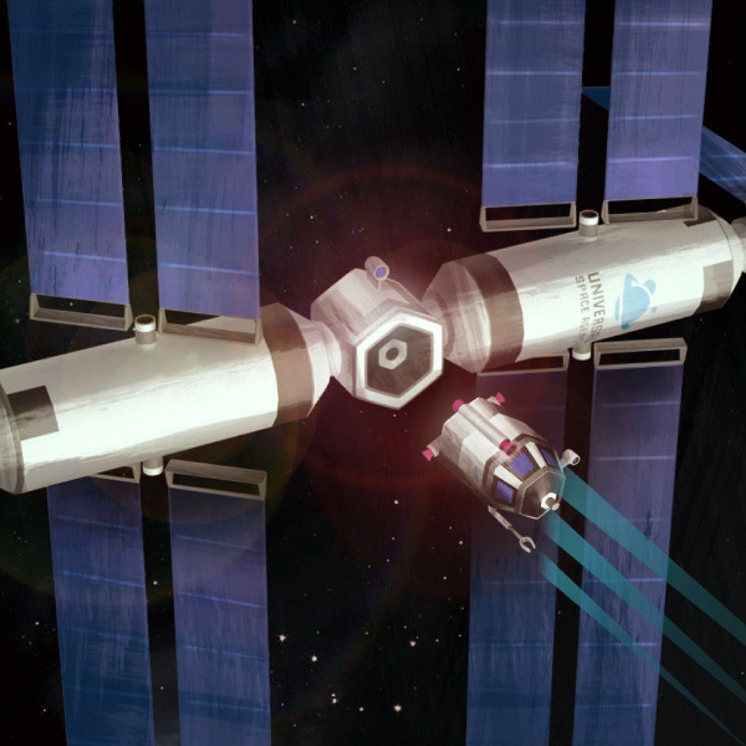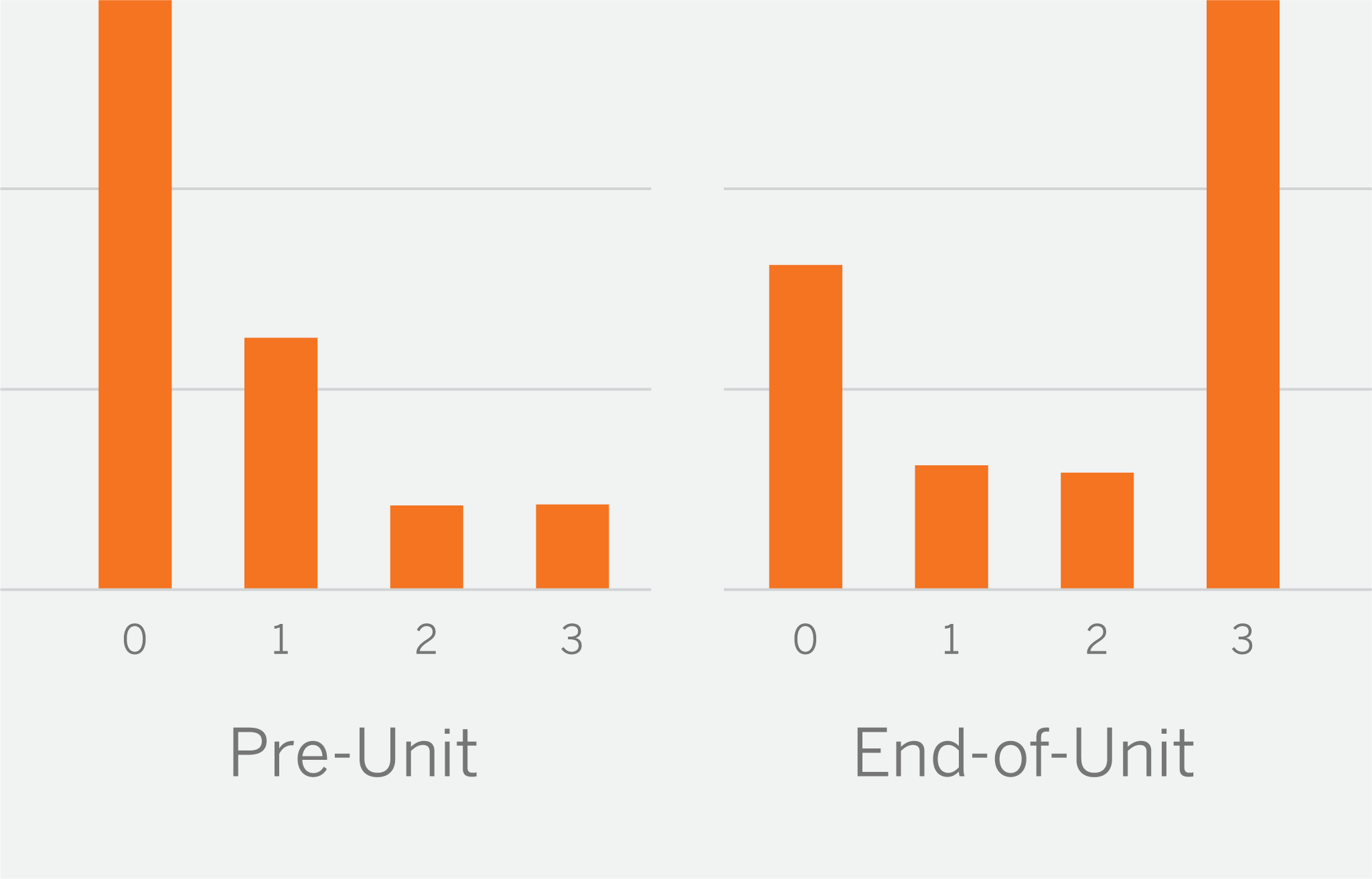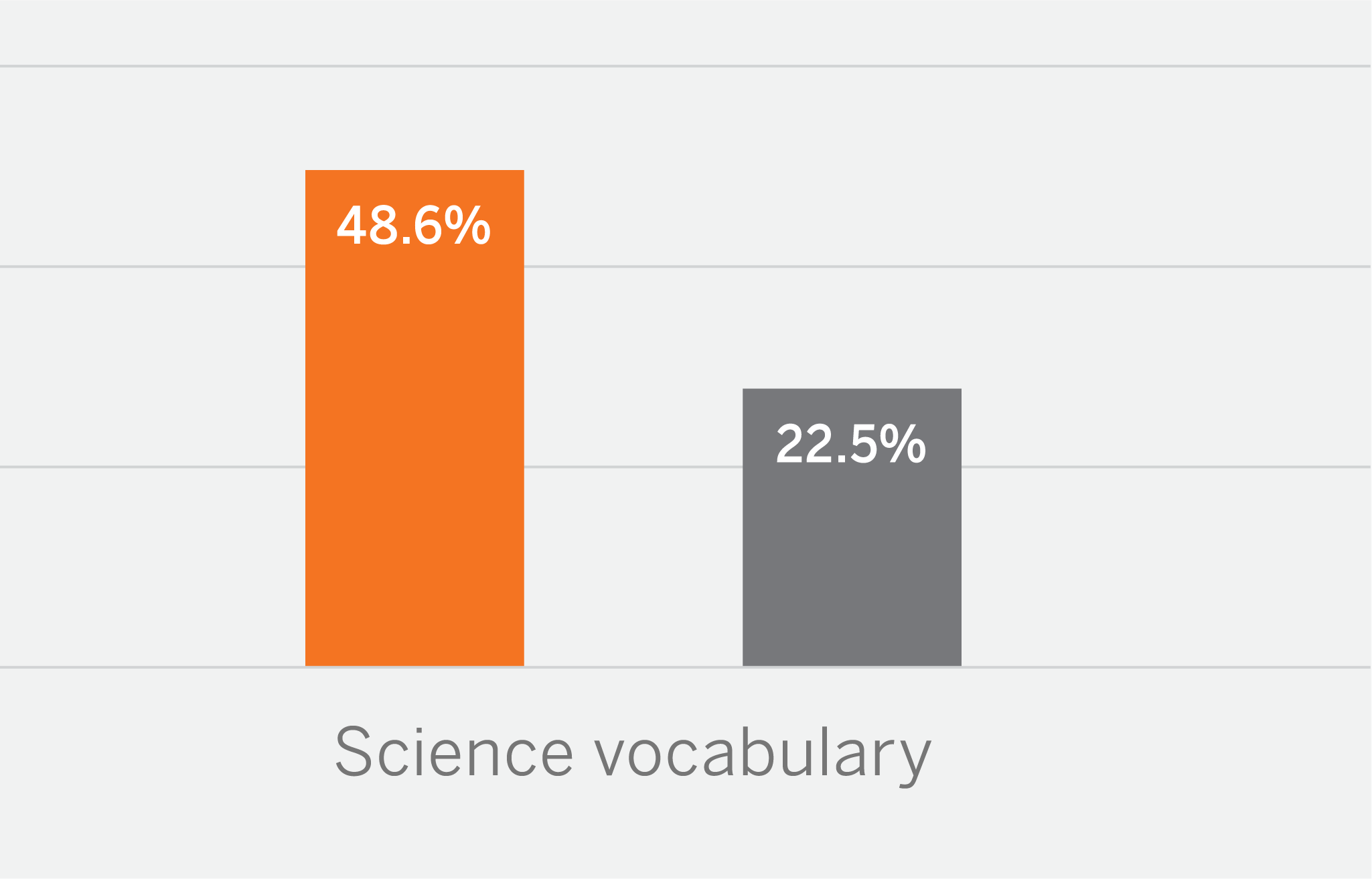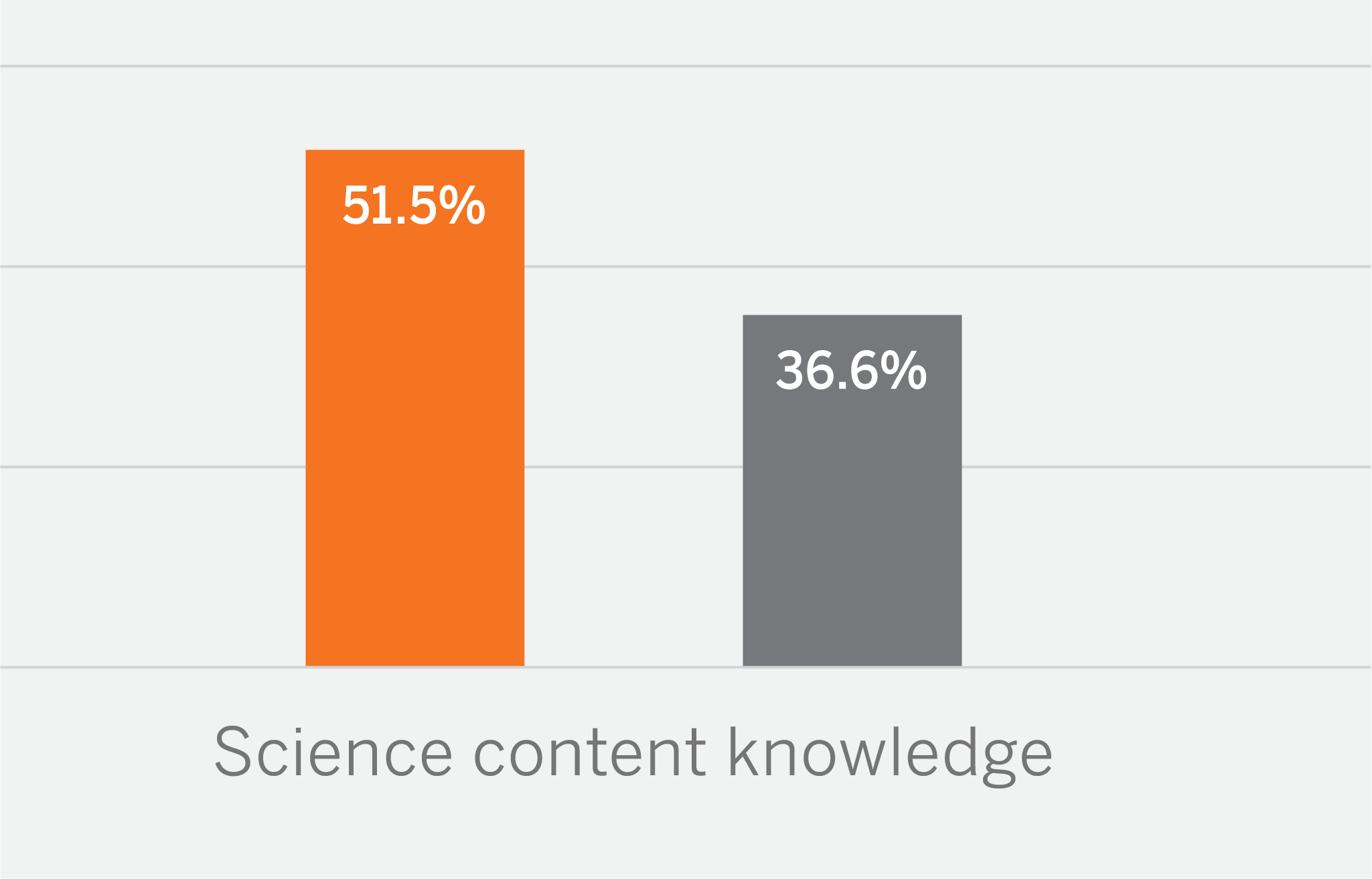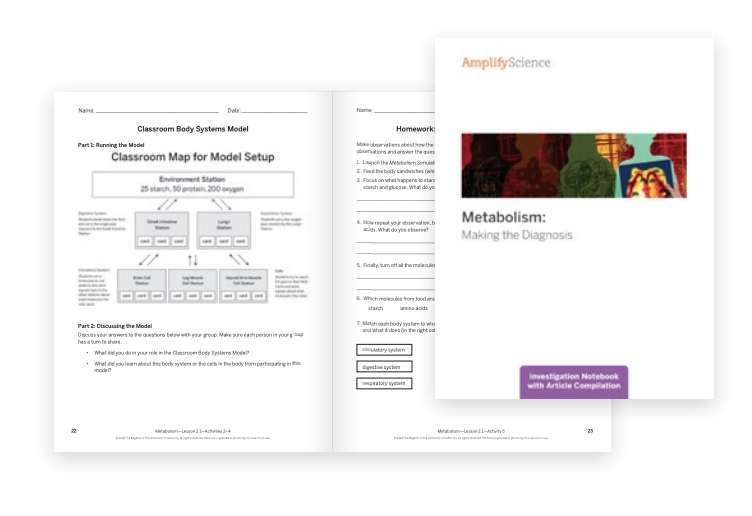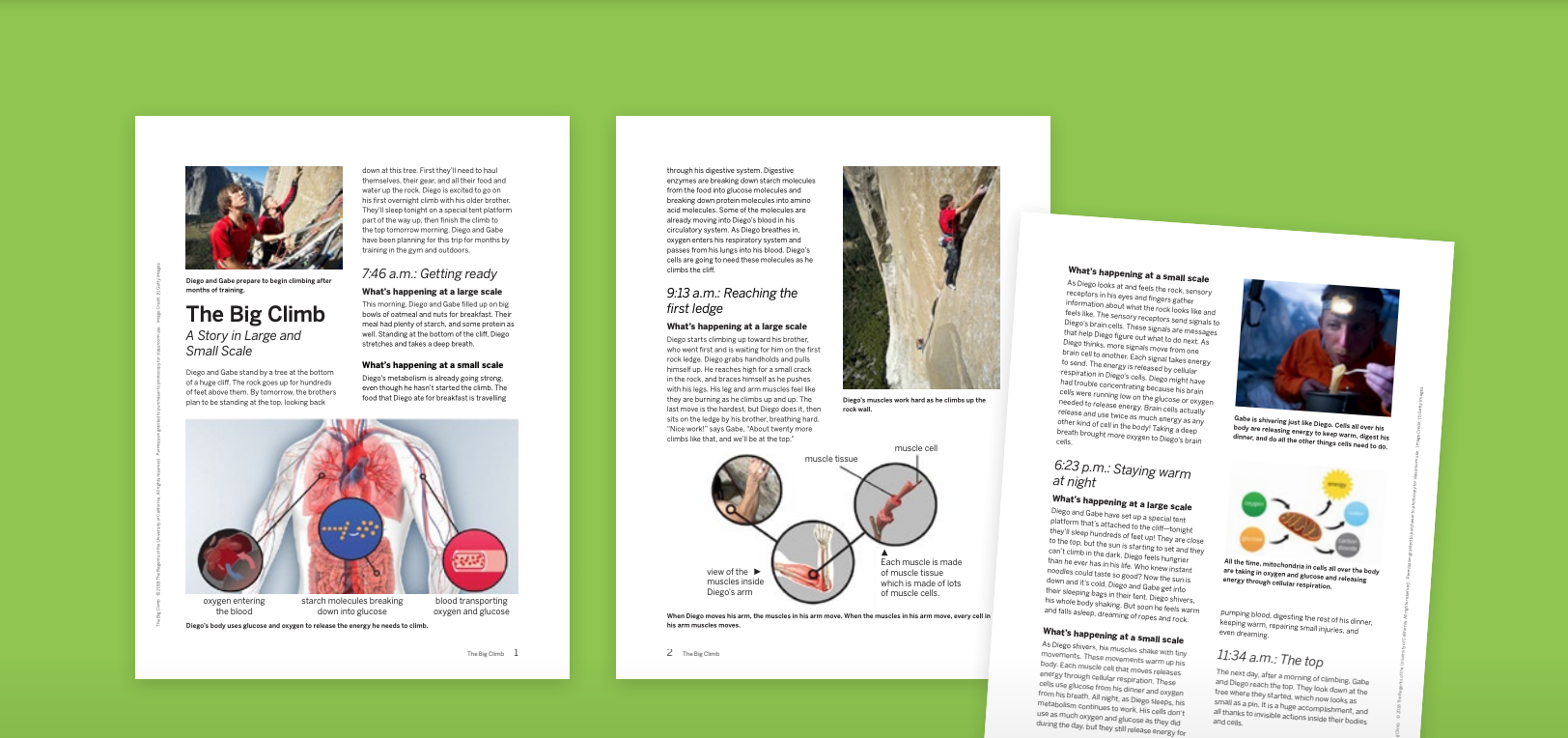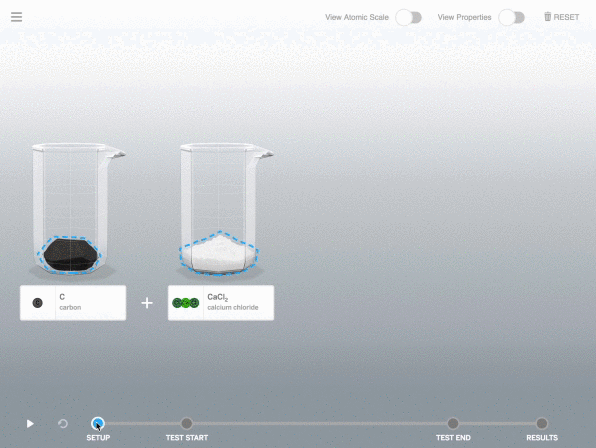Watch the 2-minute video below for a quick guide to reviewing your science materials, then explore how our approach shapes your West Virginia students into scientists and engineers.

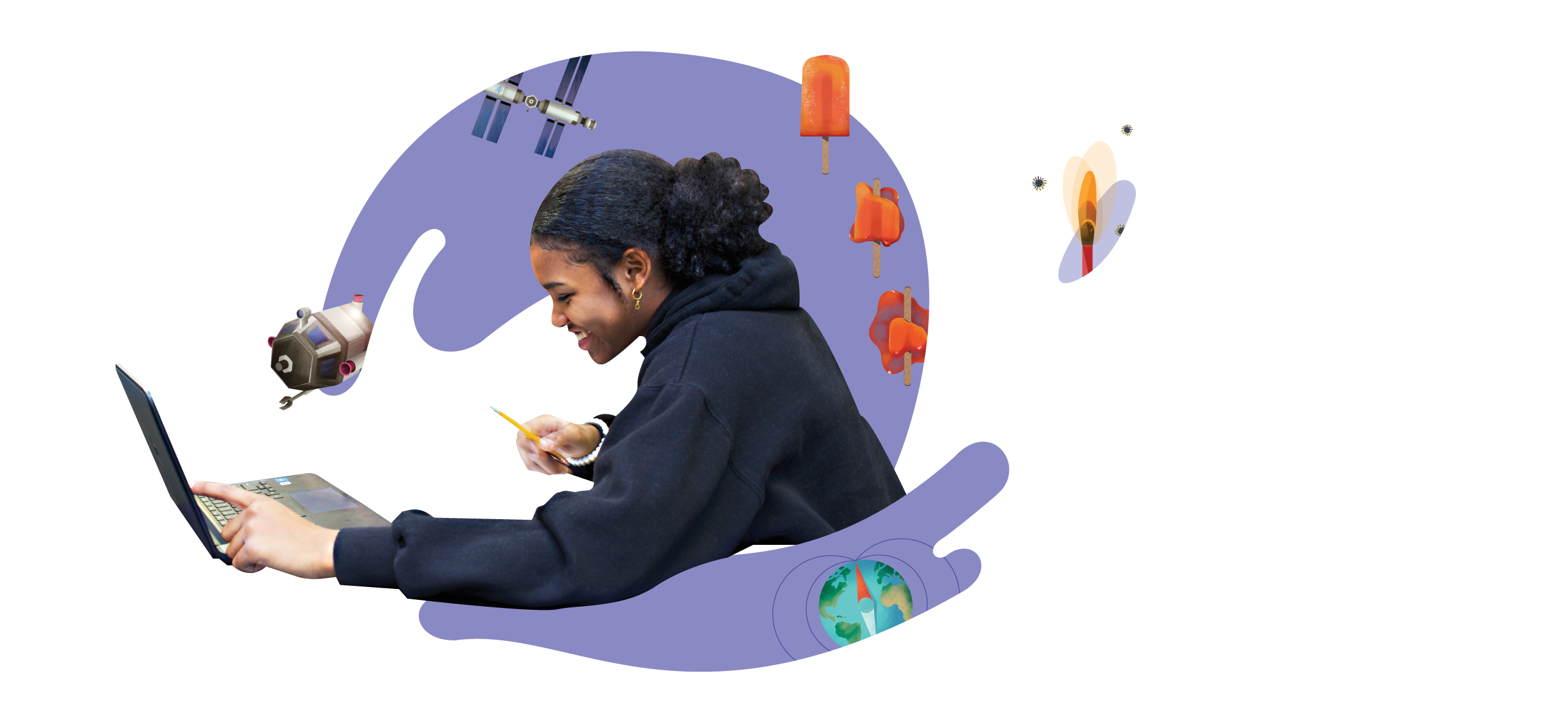
Ready to get started?
Welcome, West Virginia reviewers! We're so glad you're here.
Welcome West Virginia Reviewers! Start here.
Watch this first to help guide your review.
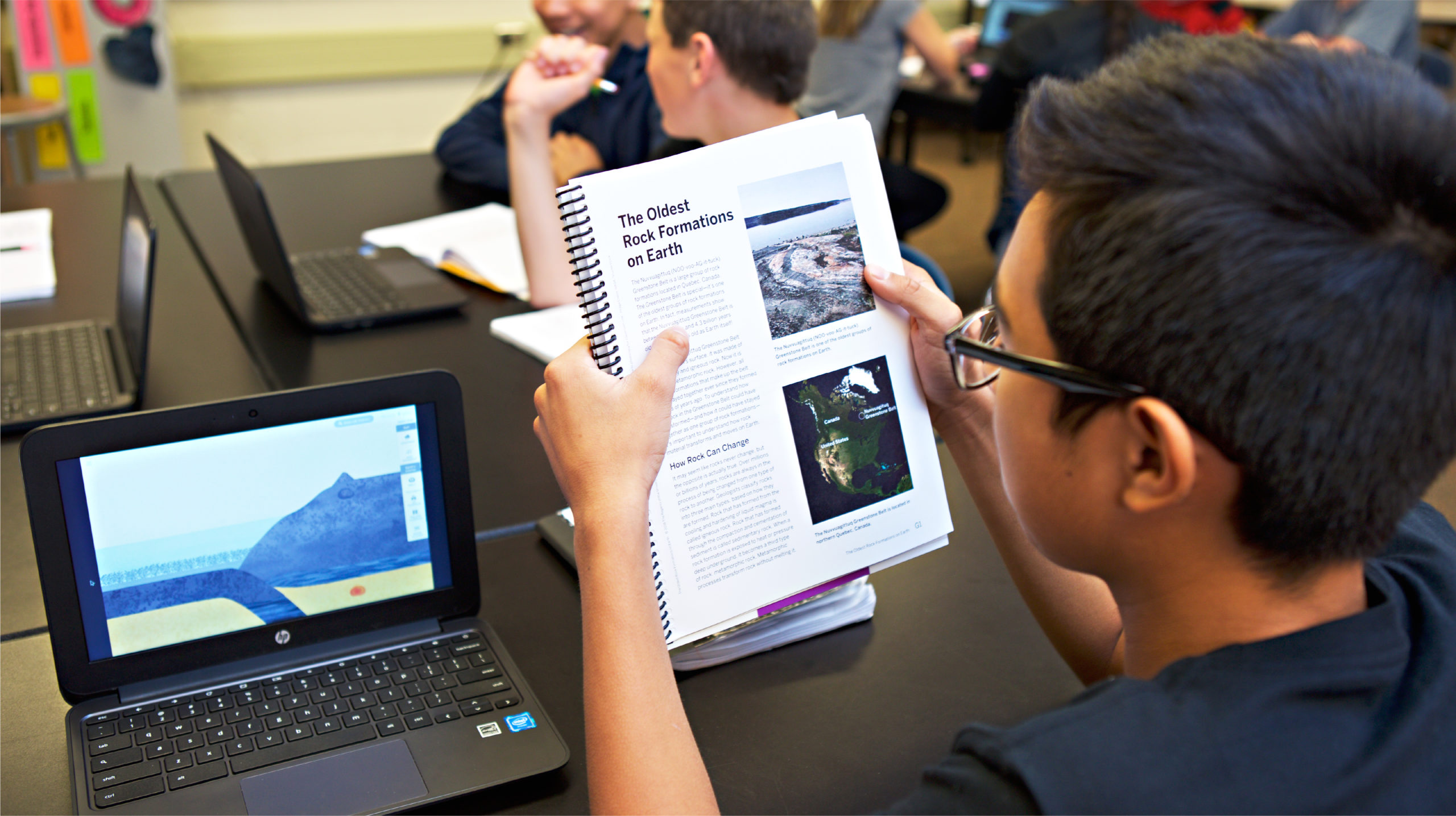
And it works.
Amplify Science is backed by gold-standard research.
UC Berkeley’s Lawrence Hall of Science, the authors behind Amplify Science, developed the Do-Talk-Read-Write-Visualize approach, and gold-standard research shows that this type of instructional model works. Our own efficacy research is pretty exciting, too.
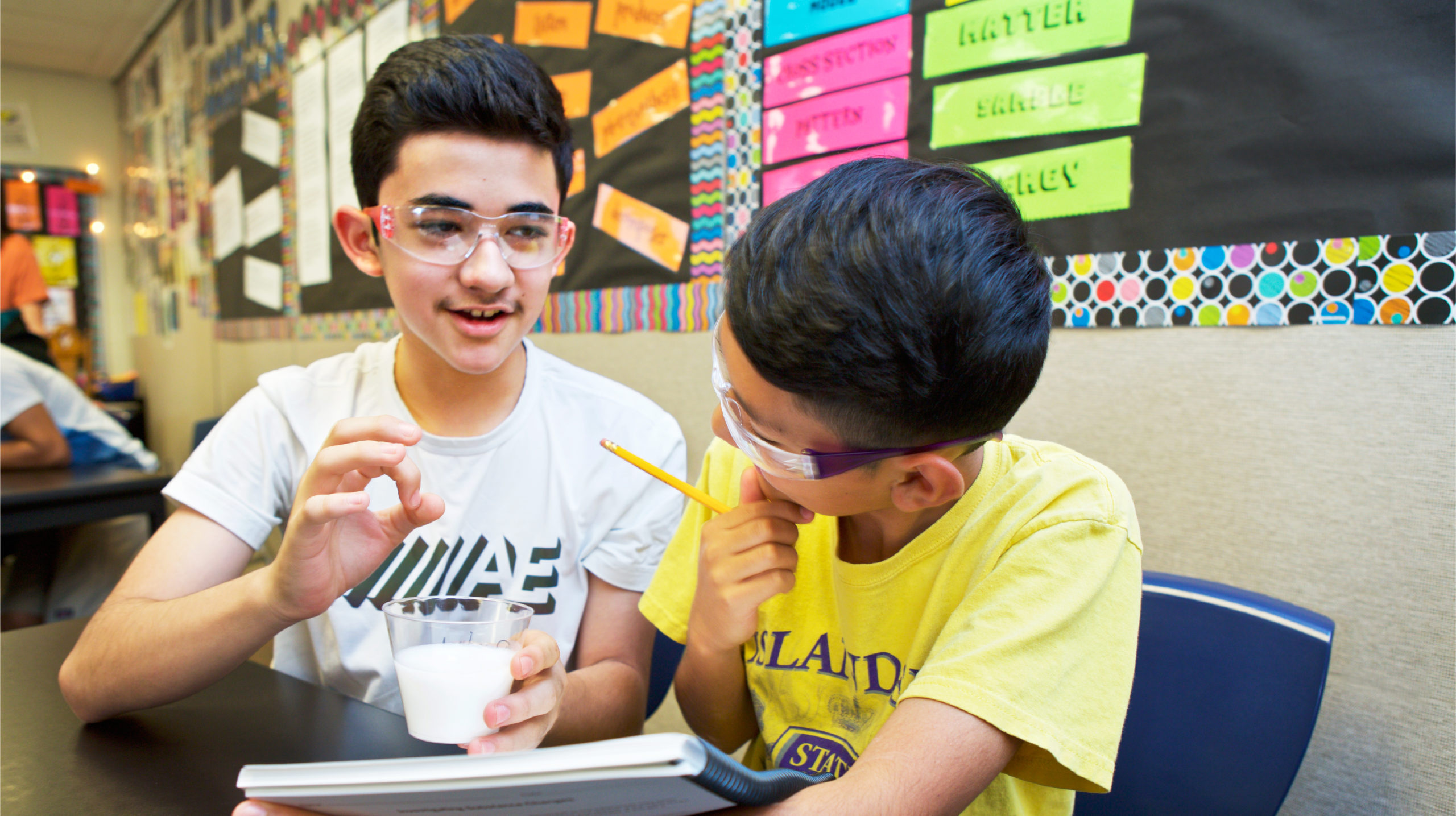
Hands-on investigations
Hands-on learning is an essential part of Amplify Science for West Virginia.
Hands-on learning is integrated into every unit through hands-on investigations that are critical to achieving the unit’s learning goals and deepening your students’ understanding of the unit phenomena.
See Amplify Science hands-on investigation videos in action.
As part of Amplify Science’s Populations and Resources unit, students take on the role of ecologists to figure out what caused the size of the moon jelly population in Glacier Sea to increase. In this video featuring Lesson 2.2, sixth-grade students from Denver Public Schools are conducting a hands-on investigation involving yeast to test the effects of the availability of food on the size of a population.
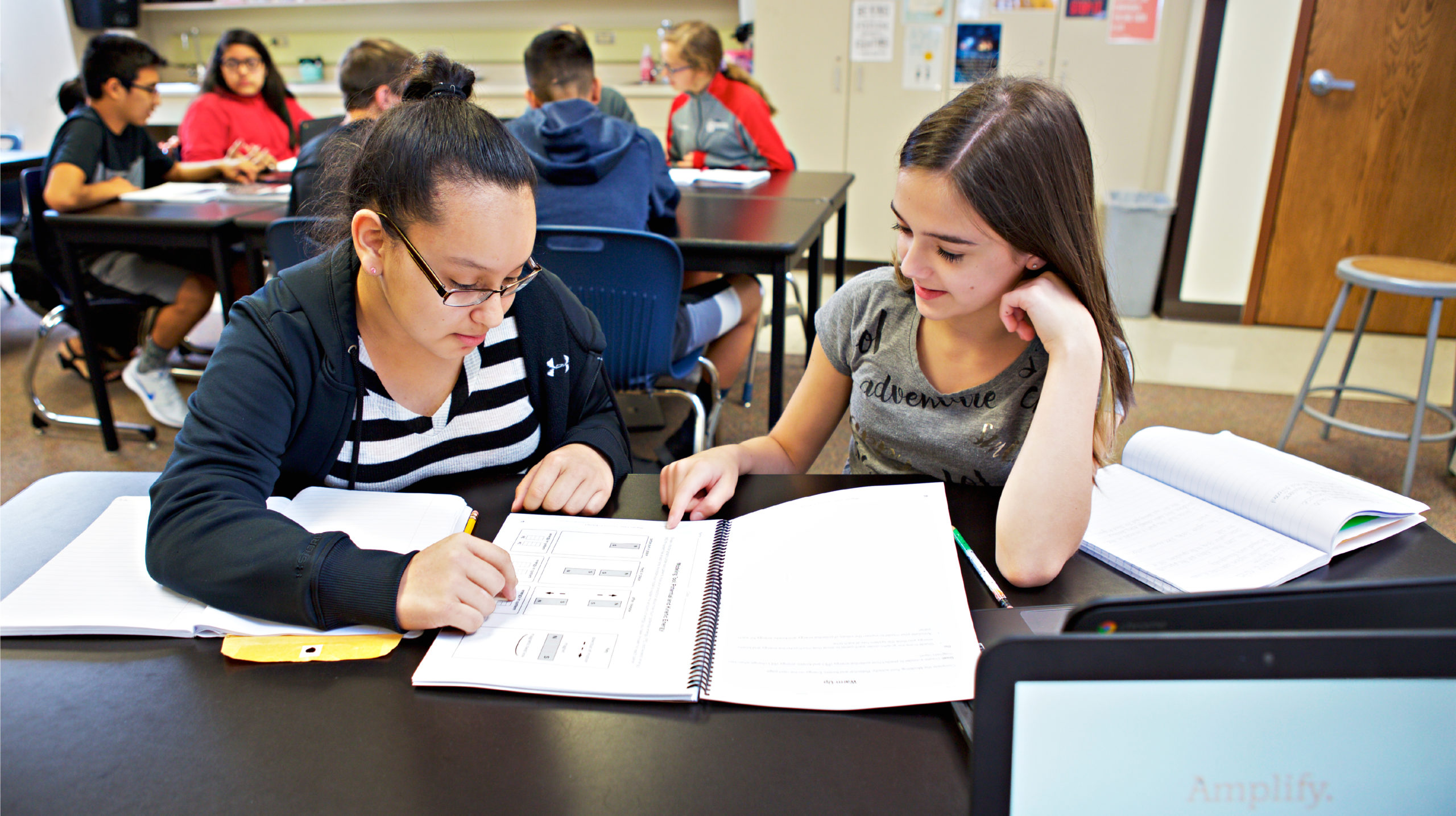
Literacy-rich science instruction
Let's immerse West Virginia students in reading, writing, and arguing like real scientists and engineers.
Just like the West Virginia College- and Career-Readiness Indicators for Science, Amplify Science has students actively reading a variety of complex texts, produce clear and coherent technical writing, and engage in conversation about what they read and write.
Powerful digital tools
We take care of science that's too small, large, slow, distant, dangerous, or difficult to see or manipulate directly.
Developed exclusively for Amplify Science, digital simulations are interactive, virtual worlds that allow students to discover and construct understanding of science concepts and phenomena. Sims provide opportunities to explore scientific phenomena that might otherwise be challenging to investigate.
Key differentiators
What sets Amplify Science apart for West Virginia

- 1. It is built from the ground up for three-dimensional learning.
- 2. Students take on the role of scientists and engineers to investigate real-world phenomena.
- 3. Active reading engages students in complex science texts.
- 4. Powerful digital modeling tools and simulations prepare students for career- and college-readiness.


